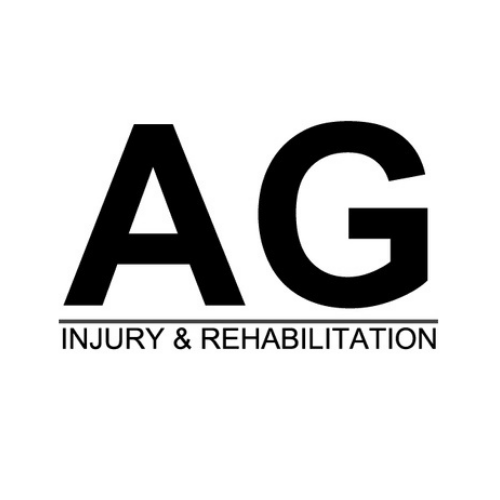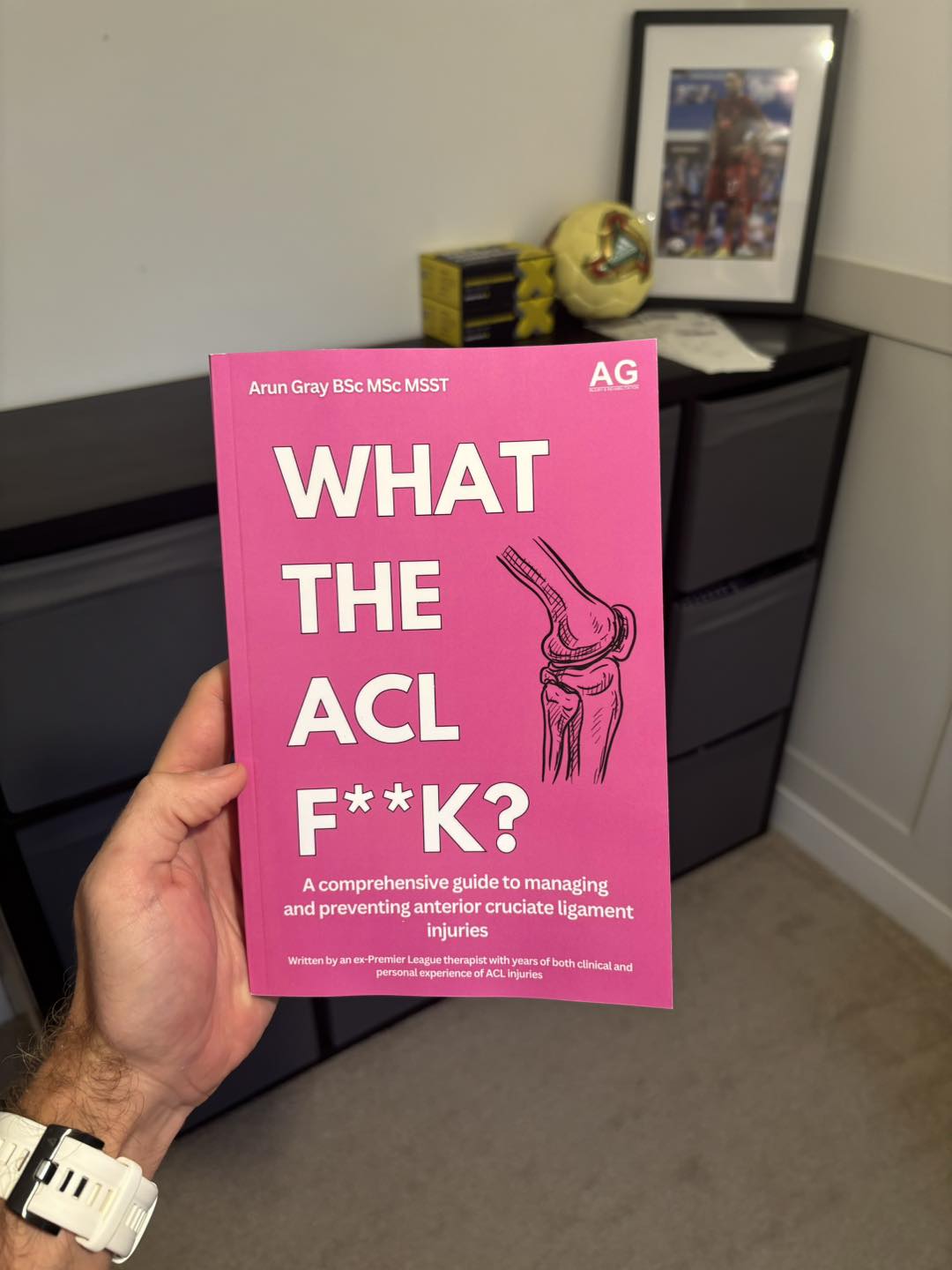The anterior cruciate ligament (ACL) is a vital structure within the knee joint, central to maintaining stability and facilitating smooth, controlled movement. Its complex anatomy and specialised physiological functions underscore its significance in both everyday activities and high-demand athletic performance. A thorough understanding of the ACL is fundamental for appreciating its role in joint mechanics, the consequences of injuries, and the development of effective treatment and rehabilitation strategies.
The ACL is one of four major ligaments of the knee, positioned centrally within the joint. It extends diagonally, connecting the femur (thigh bone) to the tibia (shin bone). Its anatomical orientation is key to its function. Originating from the medial wall of the lateral femoral condyle, the ACL inserts into the anterior intercondylar area of the tibia. This diagonal positioning allows it to control both the forward (anterior) movement and the rotational motion of the tibia relative to the femur.
The ligament itself is composed of two primary bundles: the anteromedial (AM) bundle and the posterolateral (PL) bundle. These bundles contribute uniquely to knee stability depending on the joint's position. The anteromedial bundle becomes taut during knee flexion, helping to resist anterior translation of the tibia. Meanwhile, the posterolateral bundle is most engaged during knee extension, playing a critical role in controlling rotational forces. Together, these bundles provide a dynamic system of stability that adapts to the knee’s changing angles and movements.
On a microscopic level, the ACL is primarily made of dense fibrous connective tissue. Its composition includes collagen fibres, predominantly types I and III, which provide the tensile strength necessary to withstand the significant mechanical forces it regularly endures. Encased in synovial fluid within the knee joint, the ligament benefits from lubrication and nourishment, essential for its function and durability. However, despite these structural advantages, the ACL has a limited blood supply, which significantly impacts its healing capacity.
The vascular supply to the ACL is primarily derived from the middle genicular artery, a branch of the popliteal artery. Blood vessels penetrate the ligament at its attachment points, forming a capillary network within the tissue. However, this network is sparse, leaving the ligament with poor intrinsic healing potential. When the ACL sustains a complete tear, the limited blood flow hampers the delivery of nutrients and healing factors necessary for repair, often making surgical intervention the only viable option for restoring function.
In addition to its structural role, the ACL is richly innervated with sensory nerve fibres that contribute to its critical proprioceptive function. Proprioception, or the ability to sense joint position and movement, is essential for coordinating the muscular activity required to stabilise the knee during dynamic tasks. Mechanoreceptors and free nerve endings within the ACL detect changes in tension and stretch, sending feedback to the central nervous system. This sensory input helps fine-tune neuromuscular responses, ensuring the knee remains stable during activities such as jumping, pivoting, or sudden changes in direction.
Functionally, the ACL’s primary role is to maintain the stability of the knee joint by controlling the movement of the tibia relative to the femur. One of its most important tasks is to restrain anterior translation, preventing the tibia from sliding too far forward under the femur. This is particularly critical during activities involving deceleration, such as landing from a jump or abruptly halting a sprint. The ligament also plays a vital role in controlling rotational forces, particularly internal rotation of the tibia, which is essential for stability during pivoting and cutting movements.
Rotational stability is predominantly maintained by the posterolateral bundle of the ACL, which tightens when the knee is extended. Together with the anteromedial bundle, it allows the ACL to act as a multifaceted stabiliser, adapting to the varying demands placed on the knee during different movements. By working in conjunction with the other knee ligaments—the posterior cruciate ligament (PCL), medial collateral ligament (MCL), and lateral collateral ligament (LCL)—as well as the surrounding musculature, the ACL ensures that the knee remains stable across a wide range of physical activities, from walking and climbing to running and high-impact sports.
A comprehensive understanding of the ACL’s anatomy and physiology highlights its indispensable role in knee stability and movement. This knowledge provides the foundation for recognising the far-reaching implications of ACL injuries, from biomechanical dysfunction to long-term instability. It also informs the development of targeted treatment strategies and rehabilitation protocols that aim not only to restore the ACL’s structural integrity but also to re-establish its critical functional roles. Through this lens, the importance of the ACL as a cornerstone of knee health becomes unmistakable.

